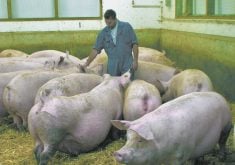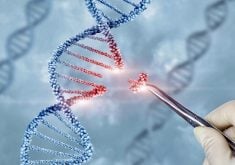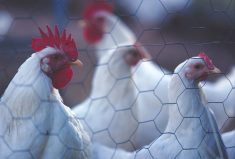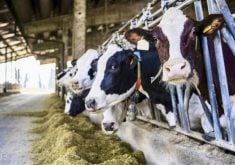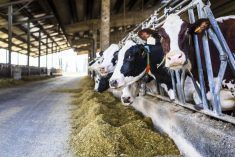Lack of data has pushed back the planned implementation of a genetic tool targeting dairy cattle feed efficiency, but the project’s researchers remain confident it will be ready for dairy breeders by April 2021.
Working in the researchers’ favour, meanwhile, is the fact that the heritability is relatively high for the three genetic traits being combined in their model. Those three traits are metabolic body weight (MBW), energy corrected milk (ECM) production, and dry matter intake (DMI).
Why it matters: Feed efficiency has a significant effect on profitability on any livestock operation, but dairy has not been as successful as other livestock sectors in creating tools for producers to make improvements.
Read Also
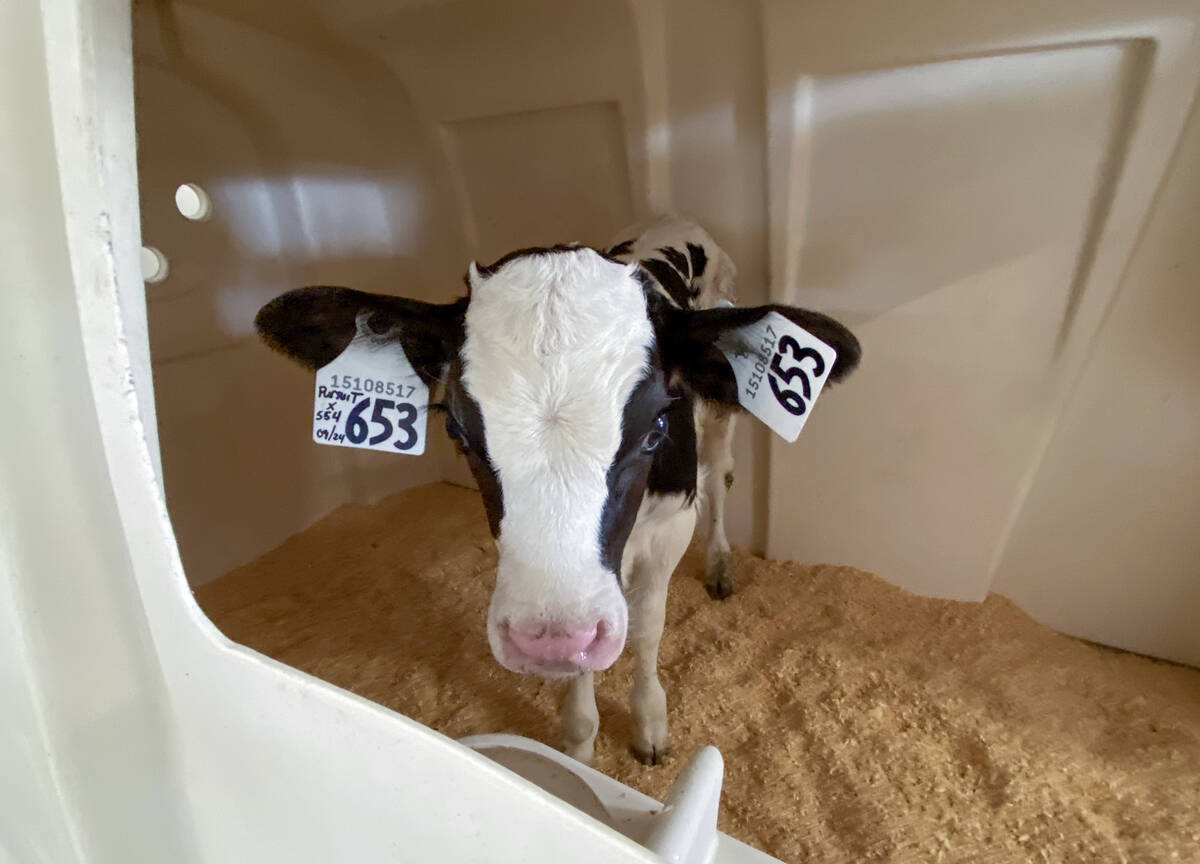
Lactanet turns methane expertise into business opportunity
Lactanet’s new fee-for-service breeding tool initiative to reduce greenhouse gas emissions in Canadian and Swiss Holstein herds will launch in April 2026.
Lactanet’s Dr. Gerrit Kistemaker, a Canadian researcher, along with participants from the University of Guelph and the University of Alberta, says the high heritabilities mean it’s “quite promising” that a tool combining those traits will be effective.
Kistemaker, in his role as manager of genetic evaluations for the dairy data collection and genetic research organization, provided an update about the feed efficiency tool during Lactanet’s recent open industry session in Guelph.
He said the original target date for the tool’s release was December 2020, but that has been pushed back.
That puts Canada behind the planned introduction of a new, but somewhat different tool in the United States, which is still slated for a December 2020 release. In Australia, a similar tool is already in use.
Kistemaker believes when it is released, Canada’s genetic plan will put Canada ahead of many other global dairy sectors.
He said that the data collection aspect of the work is international, with participating research farms in Canada, the U.S., Australia, the United Kingdom, Denmark and Switzerland.
Working on this scale, though, has its drawbacks because the project’s progress can be slowed when data from other countries are disrupted by factors outside the researchers’ control. It can also be a challenge to integrate data about the three different traits if it’s collected in different ways at different locations.
The biggest delay has been in the collection of DMI data. It wasn’t until 2019 that a commercial dairy operation — Sunalta Farms in Ponoka, Alta — joined the project, and this brought into focus the challenge faced by researchers.
At research farms, the process of tracking each single cow’s DMI can be accomplished if there are individual feeders for each animal. But that’s not feasible on a commercial farm, so the researchers must get innovative.
In Denmark, work is currently underway on a 3-D camera that might be able to accurately track DMI. But that technology wouldn’t be ready in time for the Canadian team to deploy it in this effort, without further delays to the tool’s release.
And he believes the country’s dairy breeders want to see something as soon as possible. “I’ve always felt feed intake is one of the biggest costs of the dairy farmer, so it’s something that we need to be focusing on when we look at genetics.”
In the U.S., a model already exists for the genetics of feed efficiency, but it doesn’t directly have feed intake as one of its parameters. That weakness has been acknowledged, and work is underway on a new model that, Kistemaker believes, is targeted for implementation in December 2020. It has a focus on residual feed intake — the feed that’s eaten by the cow that isn’t theoretically needed for the combination of milk production and maintenance of body condition.
The Canadian model uses those parameters as well, in the form of ECW and MBW. But here, it will be a combined “index” that also includes DMI, and Kistemaker says this should make it more effective. “And the reason we think this is better is because of the (quality of the) data (on DMI) that we’re getting.”
Splitting the cow’s lactation into two separate stages in the Canadian model is also “an important issue,” Kistemaker said.
Frequently, before 60 days in milk, dairy cows are in a negative energy balance. The creators of the new tool are wary of artificially putting pressure on decreasing feed intake during this early-lactation period, because it could lead to an even more severe energy imbalance.
“Although we want to improve feed efficiency, we don’t really want to decrease feed intake in the early lactation,” he said. “That’s one of the key differences between our model and what some of the other countries are working on.”






